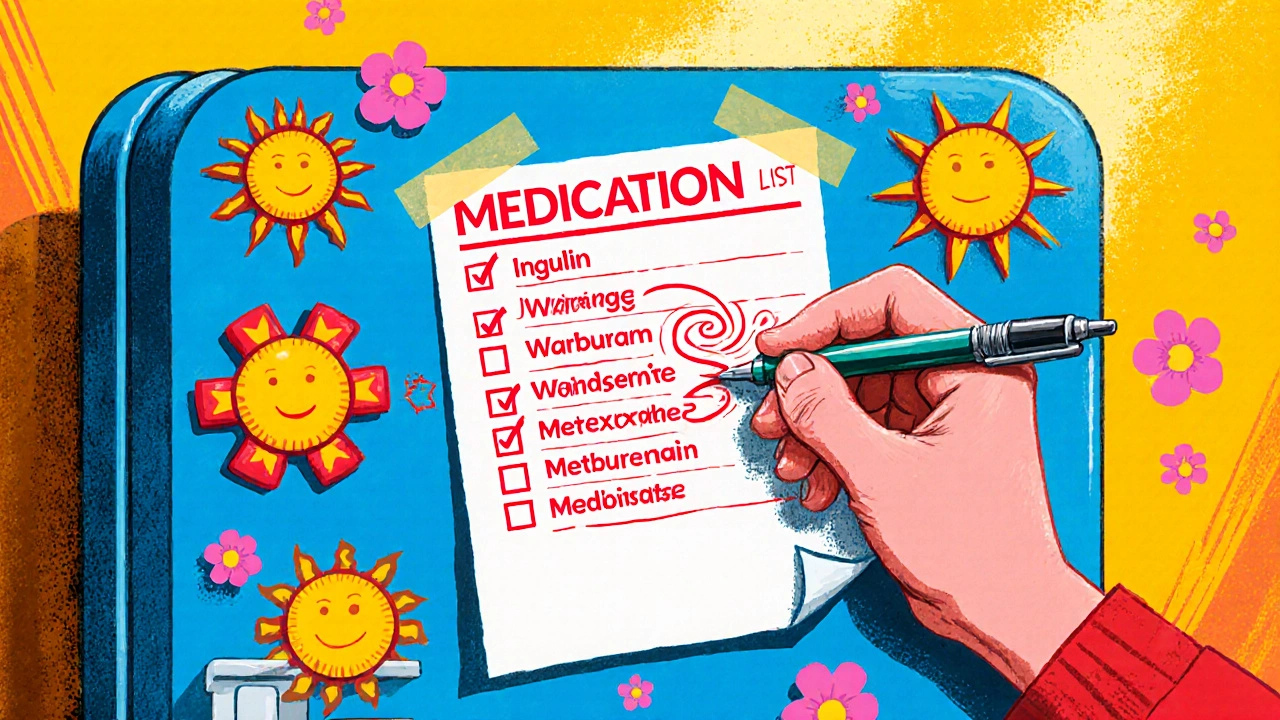Document Drug Risks: Understand Side Effects, Interactions, and Safety
When you take a medication, you’re not just getting the intended benefit—you’re also accepting potential risks. Document drug risks, the process of identifying, recording, and acting on harmful effects caused by medicines. Also known as pharmacovigilance, it’s not just for doctors or regulators—it’s something every patient should understand to protect their health. Many people assume that if a drug is approved, it’s completely safe. But approval only means the benefits outweigh the risks in controlled trials. Real life is messier. People take multiple drugs at once. They have different body types, ages, or underlying conditions. That’s where documented risks become critical.
One of the biggest dangers comes from drug interactions, when two or more medications affect each other’s behavior in the body. Mixing alcohol with certain antidepressants can cause dizziness or liver damage. Taking warfarin with foods high in vitamin K can make your blood clot dangerously. Even switching from a brand-name drug to a generic version can cause problems for some people—especially with drugs like levothyroxine or warfarin, where tiny changes in absorption make a big difference. These aren’t rare edge cases. They happen daily, and they’re often missed because the risks aren’t clearly documented or communicated.
Adverse drug reactions, unintended and harmful effects that occur at normal doses can be mild—like nausea or sweating—or life-threatening, like heart rhythm changes from macrolide antibiotics or hyponatremia from SSRIs in older adults. The key is recognizing them early. That’s why tracking your own symptoms matters. Did you start feeling dizzy after starting a new blood pressure pill? Did your sleep get worse after switching antidepressants? Writing these down and sharing them with your provider turns personal experience into valuable data. Systems like FAERS and Sentinel collect this kind of real-world evidence to update safety guidelines, but they rely on people reporting what they experience.
Some risks are obvious—like bleeding with blood thinners. Others are sneaky. Medications can cause orthostatic hypotension, making you feel faint when you stand up. They can trigger hot flashes, sweating, or even sexual dysfunction. These side effects don’t always show up in clinical trials because they’re not the focus. But they can make you stop taking your meds, which is often riskier than the side effect itself. Knowing what to look for helps you decide whether to push back, adjust the dose, or switch to something else.
There’s no magic checklist that covers every drug risk, but you don’t need one. You just need to be aware. Ask: Could this interact with something else I take? Is this new symptom linked to when I started the medicine? Who else is at higher risk—older adults, people with kidney issues, those on multiple drugs? The answers are already in the posts below. You’ll find real examples: how azithromycin affects the heart, why levothyroxine timing matters, what happens when you skip your SSRI, and how to tell if your hemorrhoid cream is doing more harm than good. These aren’t theoretical warnings. They’re lessons from real people who’ve been there. Read them. Use them. Your next doctor visit might be better because you came prepared.
How to Document Safety Alerts on Your Medication List: A Practical Guide for Patients and Caregivers
Learn how to document safety alerts on your medication list to prevent deadly errors with high-risk drugs like insulin, blood thinners, and opioids. Simple steps can cut medication mistakes by half.

